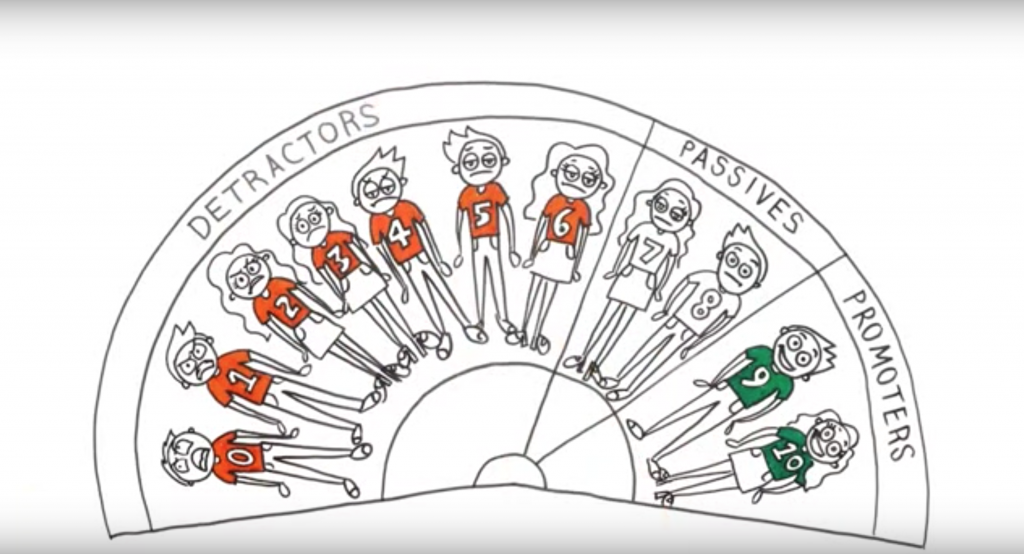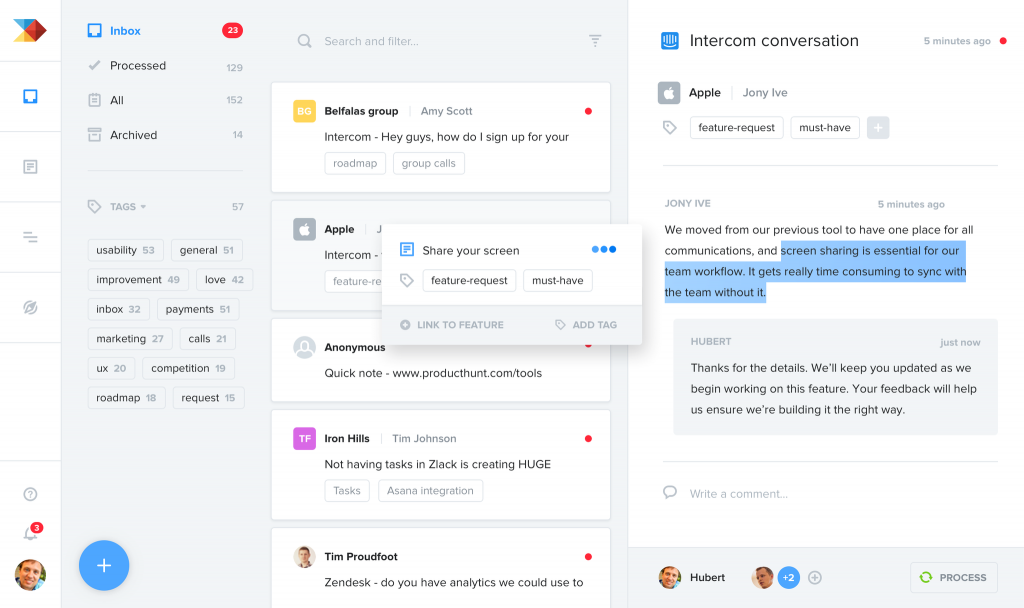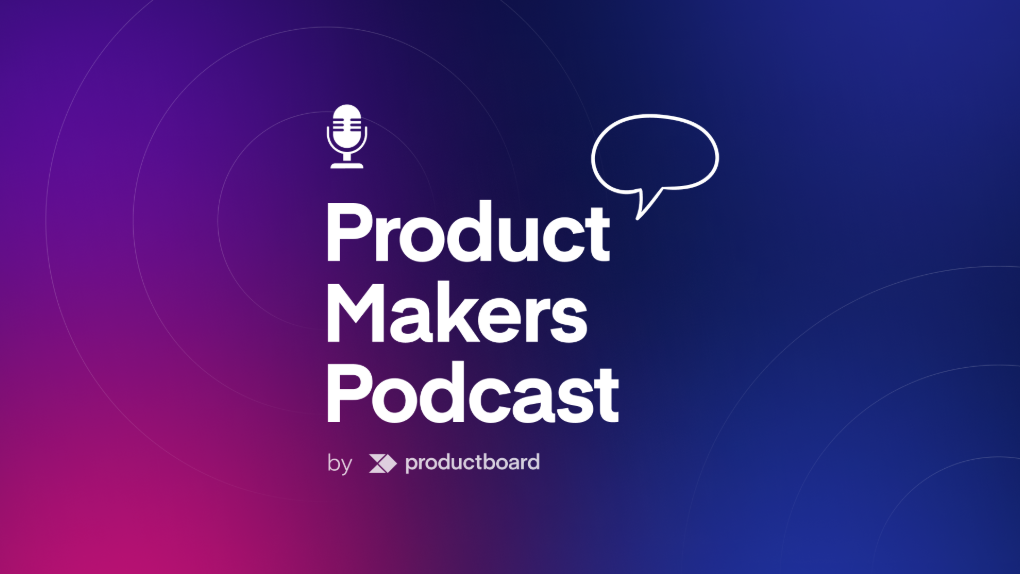The power of NPS in your product strategy

When I attend events for product managers and scour my favorite product communities such as Product Coalition and PMHQ, I’m always amazed by the passion that product managers feel about the tools they use every day. In the hundreds of conversations, I’ve had with PMs, the pride and passion we feel about our favorite tools and the frustration we feel with tools that simply don’t bend to our wills are tangible. As product managers, it’s these sentiments we hope to capture in conversations with our customers to get a sense of whether users find value in the products we develop.
Evaluating customer sentiment with Net Promoter Scores (NPS)
One popular method for capturing these valuable insights is the Net Promoter Score, a metric born from a collaboration between Bain & Company and Satmetrix as a way to quantify customer loyalty through the penultimate question “How likely are you to recommend this product or service to your friends or colleagues”? A score of 9 or 10 makes you a “Promoter”, 7 or 8 makes you a “Passive” and anything below that makes you a “Detractor”. Oftentimes, this score serves as an opportunity to ask customers other qualitative questions about your product, services, their overall satisfaction, and the tools they find the most valuable, to build context around the score.
NPS can provide clues on customer retention and loyalty, brand value, overall customer sentiment, and your product. Looking at the number as a whole, you then begin to understand if your business is heading in the right direction. However, you will need to drill deeper into individual NPS for your users to get a better sense of what is driving their rating and the types of factors that affect customer loyalty and satisfaction.

The evolving role of NPS in product organizations
NPS is more than a holistic score, it’s often paired with qualitative feedback that users provide at the same time to explain why they gave a specific ranking. Frequently, these insights have some implications for the product team since they may provide information on functionality, feature requests, and usage. Up until now, these types of insights were siloed in tools typically under the control of customer success and marketing.
Product leaders can leverage NPS as another source of feedback that they would’ve otherwise missed out on since NPS was historically owned by customer experience, marketing, and support teams. Putting NPS in the context of other insights can build a better story for your engineers. Providing an indicator of customer sentiment and the other factors that affect it can inform the way your product gets built. Here’s how some customer-centric product managers and their teams implement NPS in their feature priorities, roadmaps, and overall strategies:
“NPS is an overall health indicator, not necessarily something we evaluate features by.” – Lars Hesselberg, Head of Product at EASI’R
“We’re big on NPS at HeyOrca and currently highlight it at every all-hands meeting on Monday (tracking week-over-week and month-over-month). Beyond just tracking it as a key metric that measures customer sentiment and product health, I respond personally to every NPS response whether it’s a promoter, passive, or detractor to ask for reviews, learn more from the customer, or expand on a point!” – Jacob Pitcher, Product Manager at HeyOrca
“NPS is one of our company-wide OKRs. It’s collected in-app and aggregated in many different ways. The open feedback is automatically shared with the whole team on Slack, the detractor scores are flagged for customer success and we push the ratings to Intercom for automated follow-ups.” – Tuukka Häkkinen, Product Design Manager at Nosto
“At Spacious, we pipe in our NPS survey responses through Delighted and tag them based on Positive vs. Negative reviews… They’re a great source for customer testimonials, actually. We also have a team-wide Slack channel we call “Pulse” to which we push our key events, which include NPS survey responses, New Trial Signups, Membership conversions, as well as Member Cancellations. NPS is only one of many signals to pay attention to. The question we pose to our customers (and trialers) is “How likely are you to tell your friends/colleagues about Spacious?” – Thomas Daly, Chief Product Officer at Spacious
Leveraging the power of NPS
NPS is a good starting point for driving your business forward. It can help point you in the right direction when it comes to segmenting your users beyond their product usage, by sentiment:
- Promoters are the key product evangelists that you can leverage for beta tests and for your product launches. These users are eager to see what’s coming down the pipe and are so passionate that they’re excited to share your product with their communities. You know you can rely on your Promoters to serve as reference customers for prospects and investors, speakers at industry conferences, or ambassadors for your product.
- Passive customers are a class of users that you should keep a close eye on, keeping them actively engaged in your communities to show the value they bring to your community. While they’re generally happy with your tool today, they could swing towards Promoters or Detractors as your product evolves. You may even decide to track the overall trend in the conversion rate from passive-to-detractor and passive-to-promoter to get a sense of where your product is heading.
- Detractors are the users that are the most likely to churn given that they would not recommend your products and also give signals that they are dissatisfied. You will frequently find that they provide the most interesting feedback, highlighting which of their needs your product fails to meet today. Your detractors inform you what’s wrong with your product and why they might avoid recommending it to their peers. Still, product leaders need to do further analysis on this segment to evaluate whether these detractors ultimately fit into your product’s target user segment. If they don’t, then you likely don’t need to change course to keep them satisfied.
Segmenting users based on their sentiment can provide clues on follow-up conversations with users as you drill deeper to understand the “why” behind what users are saying and how they’re feeling.

Incorporating NPS into your product strategy
Once you have a mechanism for capturing user feedback and NPS scores, the next step is to aggregate and store these insights in a central repository that serves as the single source of truth for all other user research and feedback. This way, your team knows where to look if they need more context or a specific piece of user feedback. As you begin to discover the customer’s reasons for giving your company the rating she did, you may be proactive and schedule a phone call or an onsite to understand what’s driving the metrics. Like a true product detective, you begin piecing together the clues in identifying the elusive “why” us product managers try to track down every day.
We’ve spoken to many product managers who prefer Productboard as an all-in-one solution to help manage customer insights, prioritize what to build next, and rally everyone around the roadmap. In Productboard, you can link insights to their corresponding feature ideas and see how these features stack up against others based on clear prioritization criteria. If NPS is one of your product OKRs, you can prioritize your features based on how they’ll impact NPS. You can begin converting your Detractors to Promoters right away!
NPS tools to make you successful
Framing the NPS in the context of other insights involves having the right tools to get the job done. While it may suffice to use basic survey tools to get a sense for what customers think about your products, there are a few NPS-tailored crowd-pleasers that product managers we’ve spoken to prefer:
- Satismeter is a customer feedback tool that helps you keep an eye on customer satisfaction (NPS), monitor your product performance, and answer all the questions that lead to growth. Besides running satisfaction surveys, it can conduct custom micro surveys, make pricing adjustments, and assess your product-market fit.
- Wootric offers a simple, rigorous solution for aligning everyone around raising customer happiness. Their platform is based on the proven Net Promoter Score system and allows users to survey customers wherever they are–on the web or in the mobile app, via email or via SMS.
- Promoter.io helps companies understand the true ‘voice of the customer’ by allowing them to easily build, launch, measure, engage and take action on Net Promoter campaigns, all in one place.
- Delighted is the all-in-one solution for gathering feedback, gaining insight, and driving action to improve your experience.
- SurveyMonkey is a survey creation, distribution, and analysis platform that allows users to design surveys with confidence, reach the people that matter most and maximize data potential. SurveyMonkey’s NPS solution allows users to calculate NPS based on survey responses to gauge where your company stands with users.
- Zendesk offers an NPS tool that measures customer loyalty and empowers your company to track customer sentiment and gather feedback. NPS scores notes are displayed right in your Zendesk even before you engage with users.
- Ask Nicely helps businesses drive customer happiness by collecting feedback directly after an experience (based on the NPS framework) and enabling your people to take action immediately.
- Typeform allows users to build conversational forms, surveys, quizzes, landing pages, and more. Typeforms are easy to make and refreshing to take. Create user-friendly NPS surveys and frame them in the context of other user insights.
No matter what solution you choose, you’ll be able to push NPS results straight into Productboard with Zapier.
With these tools, you lay the foundation for your user research, but keep in mind that getting on the phone with a customer, or even visiting them onsite, can help you reveal more intangible insights. NPS is a great start towards build customer understanding. It’s up to product leaders to leverage NPS in the right way. Once you have a general sense of customer sentiment, you can use NPS as a conversation starter with customers and uncover valuable feedback that can make a huge difference in the direction of your product.




